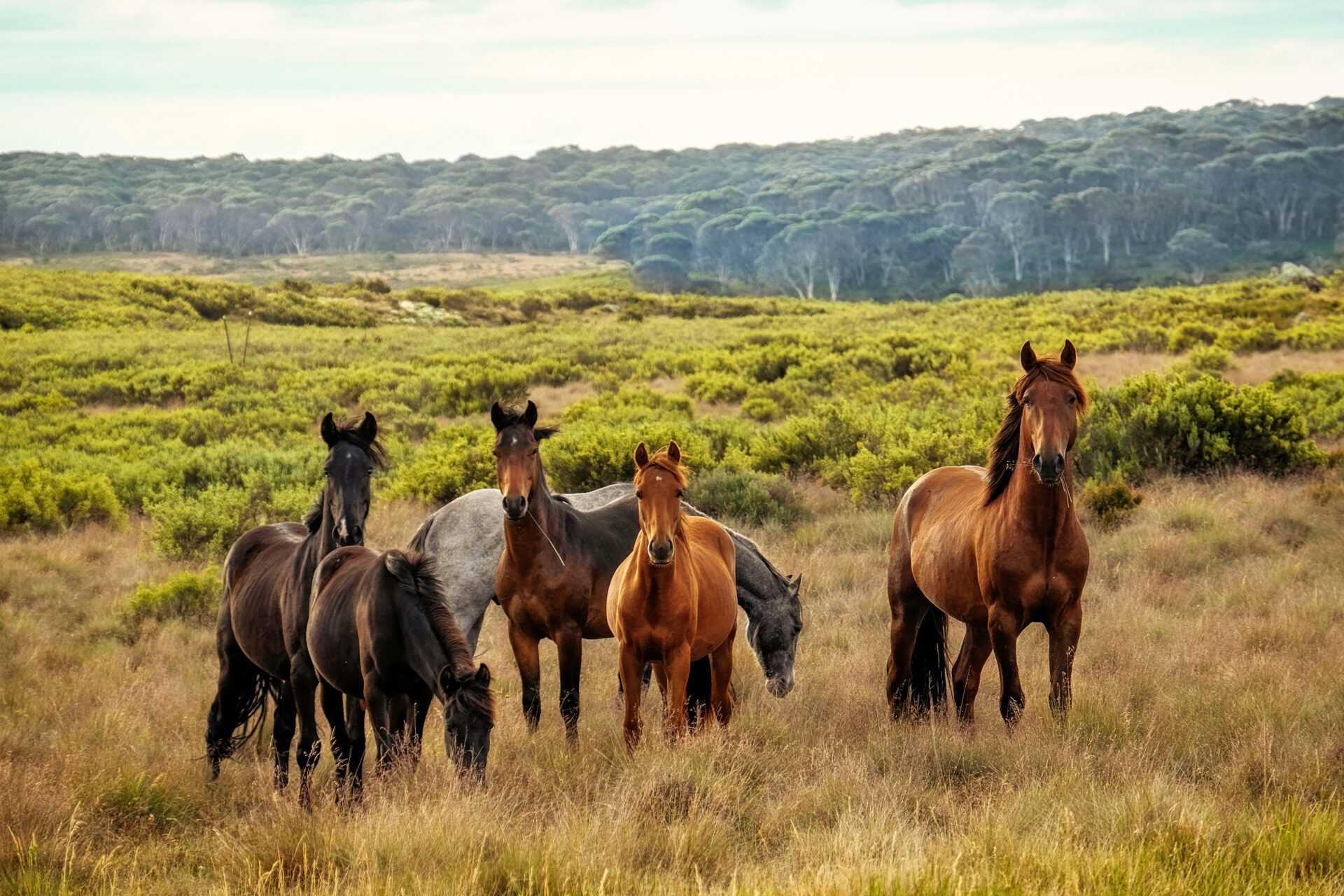
Brumbies Might Be Beautiful, But They’re Damaging Our Ecosystems
NSW Parks and Wildlife Services caused controversy earlier this month following the announcement that the northern reaches of Kosciuszko would be closed for six months for aerial shooting operations to reduce the brumby population.
This announcement followed on from a parliamentary inquiry in August of 2023, which looked into the humaneness of aerial shooting. The NSW government is required to reduce the brumby population in Kosciuszko to 3000 by 2027.
Prior aerial culling operations in the Guy Fawkes region all the way back in the early 2000s resulted in the NSW Parks and Wildlife Services being taken to court, although an independent review later found that the shooting had been humane.
In 2018, NSW Premier Gladys Berejiklian introduced the ‘brumby bill,’ prohibiting the aerial culling of feral horses following widespread outrage at the practice. Now, this method of population management is being reintroduced.
An invasive species, brumbies’ hooves wreak havoc on an ecosystem not built for their impacts. Professor Karl Vernes from UNE teaches wildlife conservation and management, and has previously worked with wild horses in the Guy Fawkes region, where he did population estimates and tracking. In his work, Karl saw much of the environmental impact that brumbies caused.
“[Brumbies] chew the bark of trees and ring bark trees. In certain places in the Guy Fawkes, you find entire stands of trees that have been killed from ring barking. They create erosion, and can spread weeds throughout the park.”
“There are definite impacts that horses have, and the bigger the population, the bigger the impact.”
The regions in Kosciuszko where brumbies roam are home to the endangered corroboree frogs, which live in the sphagnum bogs, fens, and moss beds high on the alpine ranges of the mountain. Australia has no native hoofed animals, and so the ecosystems where these feral horses now roam were never designed to support them. Areas where brumbies roam also see a reduced number of macropods – our native kangaroos and wallabies.
Animal welfare activists have called for alternatives to culls, claiming that other measures like contraceptive methods or capturing are more humane. But Karl says that while these methods should be implemented in addition to culls, they’re not nearly as effective – but that doesn’t mean they won’t work in time.
“There are methods that people are working on to try and do this, [but] when we modelled our population size with removing animals from the population, no matter how many animals we realistically removed with what you could remove with a truck, the population kept increasing. When we modelled removing animals by truck and immunocontraception, then we did see a decline in our model population.”
“[These alternative methods] are definitely in the pipeline, lots of people looking at it. No, it doesn’t work at the moment.”
Brumbies are beloved by many, and have played an enormous role in our culture and heritage. But ultimately, their destructive impact on the environment can’t be ignored. Conservationists like Karl, and people who work to protect these delicate ecosystems, don’t do so out of hatred or cruelty.
“Wildlife managers aren’t cold, heartless humans. They typically love the animals that they’re studying,” Karl says.
“I’ve flown these transects in the park and I look down at these horses and think they are beautiful animals. It’s just a pity they don’t belong here.”
Photo by Christine Mendoza on Unsplash


